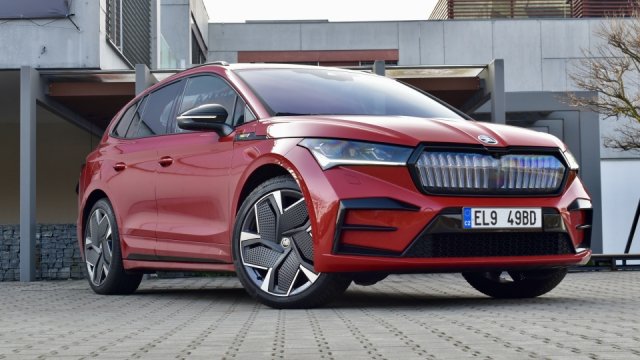Maximum performance is only temporary
The specialty of electric cars and a big difference compared to cars with classic combustion engines is the fact that their maximum performance fluctuates significantly depending on the state of charge of the battery, its age and temperature – as well as the temperature outside. But the manufacturer also states that the Škoda Enyaq RS iV has a maximum possible output of 220 kW with a note that it can be achieved in a maximum of 30 seconds, the battery must be charged to at least 88 percent and the temperature must be between 23 and 50 degrees. That sounds ridiculous, because it’s a condition that can rarely be achieved.
Fortunately, the reality is a little different, and with this written statement, the manufacturer is just making sure that customers don’t neglect it. According to the experience of Škoda engineers, the power of the Enyaq RS iV can reach up to 260 kW under ideal conditions, and the 220 kW mentioned is mostly achievable even with a much lower battery power. In any case, especially when overtaking, the driver must take into account that the more discharged the battery, the weaker the dynamics he will squeeze out of the electric motor.
The value of the maximum charging speed is equally relative. The manufacturer stated 135 kW. But under ideal conditions, a car can charge up to 160 kW in a limited amount of time with a fast charger. However, the actual value can be much worse than 135 kW. It depends on the temperature and charge level of the accumulator. The same goes for range. The manufacturer declares 514 kilometers if the consumption matches the stated values. But winter and sport driving can shorten this distance significantly. In our case, the on-board computer showed a distance of about 350 km.

“Unapologetic social media guru. General reader. Incurable pop culture specialist.”







